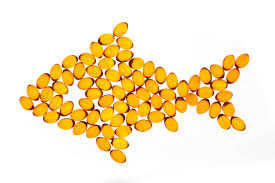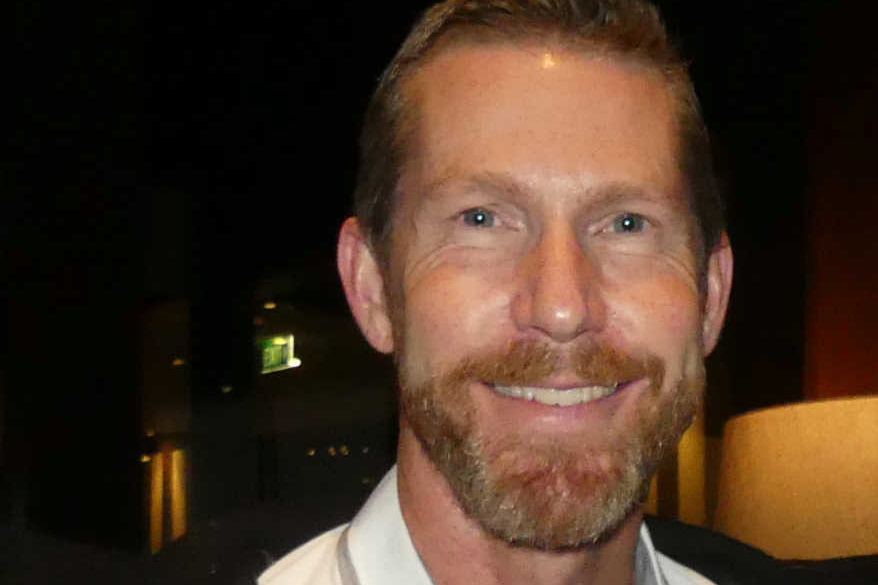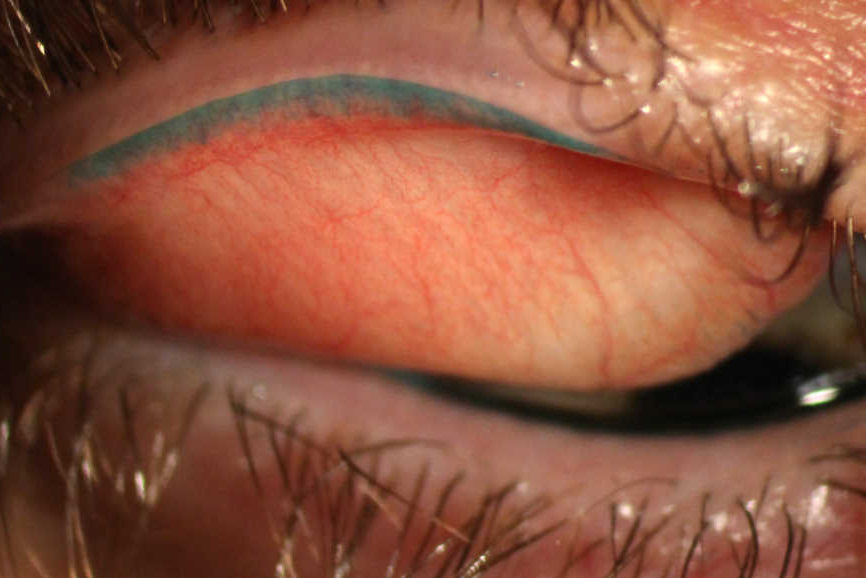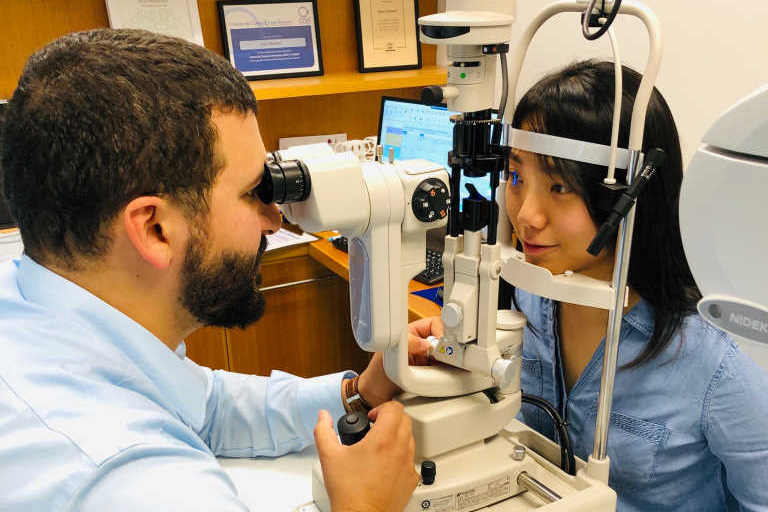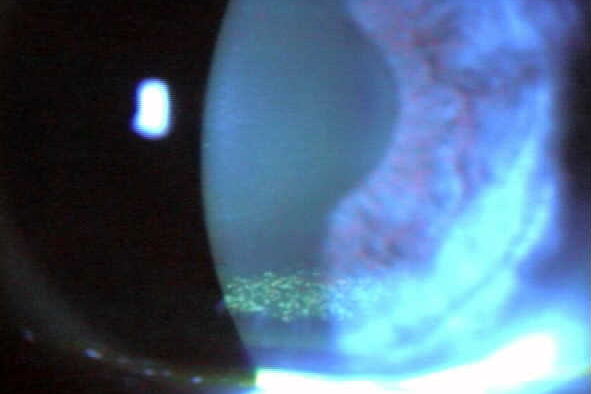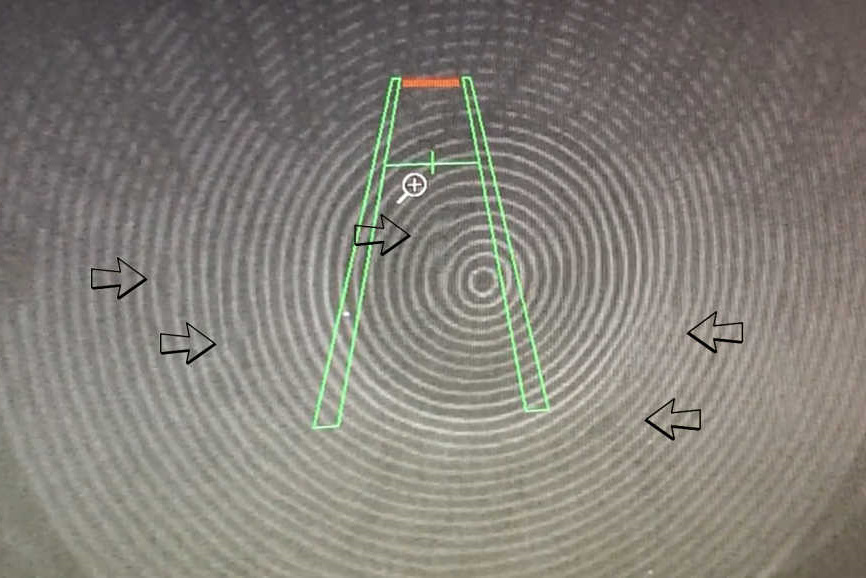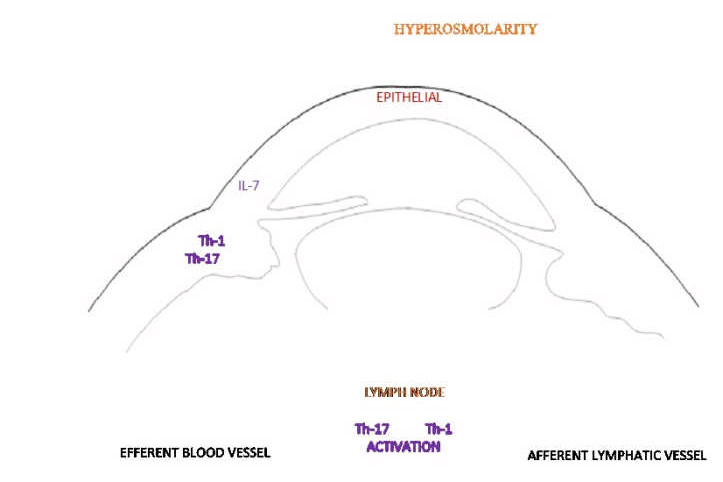TFOS DEWS II: two years on…
In the two years since the Tear Film & Ocular Surface Society second Dry Eye Workshop (TFOS DEWS II) reports were published, most would agree that dry eye disease (DED) is closer to reaching household name status, becoming a disease that’s more widely recognised and acknowledged by clinicians and more readily reported by patients. Where once DED or meibomian gland dysfunction (MGD) might have been overlooked or simply disregarded, there is a greater acknowledgement of the critical role the ocular surface condition can play in quality of life, optimising visual quality and surgical outcomes, and much credit should go to TFOS for this paradigm shift.
The impact
The reports’ authors critically reviewed the scientific literature, highlighting both the current evidence and, just as importantly, what we don’t yet know and would benefit from discovering through future high-quality scientific study. The impact amongst the research community has been tremendous. Of the 10 individual publications that make up the TFOS DEWS II report, eight have been labelled ‘highly cited’ by the online subscription-based scientific citation indexing service, Web of Science. This rare accolade denotes papers ranked within the top 1% of all papers in the academic field of clinical medicine based on their citations in peer-reviewed literature over the last two years. Even more rare is the label of ‘hot paper’ which signifies a publication’s impact ranks within the top 0.1%. Both the TFOS DEWS II Definition and Classification report (Craig et al, 2017) and the Epidemiology report (Stapleton et al, 2017) have received this exceptional rating. The TFOS DEWS II Definition and Classification report has been cited more than 200 times since publication and was the most highly cited paper in 2018 in the Ocular Surface journal.
TFOS DEWS II, however, was always about making lives better for patients with dry eye. While making an impact in the literature is an important step, it was critical this information flowed effectively from the 400-page reference document, perhaps best appreciated by the researcher or clinical scientist, through to eye care professionals in clinical practice who have the potential to make a very real difference for their patients with dry eye on a daily basis.
With deepening knowledge within the professions, and with industry supporting a wider range of diagnostic and therapeutic options for managing dry eye than ever before, more patients have the opportunity to receive the best care available. TFOS and countless other continuing educational organisations have helped promote the dissemination of relevant findings to their respective audiences.
To date, TFOS has recorded the delivery of more than 400 presentations globally (https://www.tearfilm.org/presentations-tfos_dews_ii_global_presentations/5531_10/eng/). Members of New Zealand’s Ocular Surface Laboratory (OSL) within the Department of Ophthalmology at the University of Auckland have contributed to this, with invited presentations delivered in Scotland, Australia, New Zealand, Canada, the US, China, Taiwan and India over the last 18 months.
Facilitating patient access to contemporary dry eye management is critical and it’s rewarding to see the impact of TFOS DEWS II reflected in the growing number of dry eye clinics both locally and internationally. Within Auckland, there’s an increasing number of practices offering dry eye services, and invested clinicians both within ophthalmology and optometry, and beyond. This includes the University’s School of Optometry and Vision Science’s (SOVS’) own dry eye clinic which is helping to ensure graduating optometrists emerge both informed and practised in this area. The SOVS clinic currently runs one session a week under the guidance of Dr Marcy Tong, but the potential demand for expansion can be seen from Dr Etty Bitton’s article where a similar clinic established in 2012 is now in service three days a week. In the private arena, we also welcome optometrist Ryan Mahmoud’s lessons from setting up his speciality practice.
Sharing the knowledge
Acknowledging the importance of international liaison and patient engagement with the TFOS DEWS II process, TFOS has enlisted the assistance of ambassadors across the world. These ambassadors work with TFOS to ensure dissemination of the material at relevant conferences and meetings. The reports have been translated into a number of languages and recently a lay translation of the executive summary has been launched for patients, providing a resource for many patients who want to read more about the findings and the disease for themselves. This patient-oriented report can be found under the patient resources section of the TFOS website or by following the link: https://bit.ly/2MbHHrk.
I am heartened to see all the work that has been undertaken to analyse and share best practice in dry eye and humbled to be a part of it all. I can’t wait to see what the next 12 months brings.
Associate Professor Jennifer Craig is head of the OSL at the University of Auckland, New Zealand. She was vice-chair of TFOS DEWS II and is a sought-after international speaker and co-researcher on all things dry eye. She is also clinical editor of this special supplement, NZ Optics’ annual Dry Eye Special feature.











